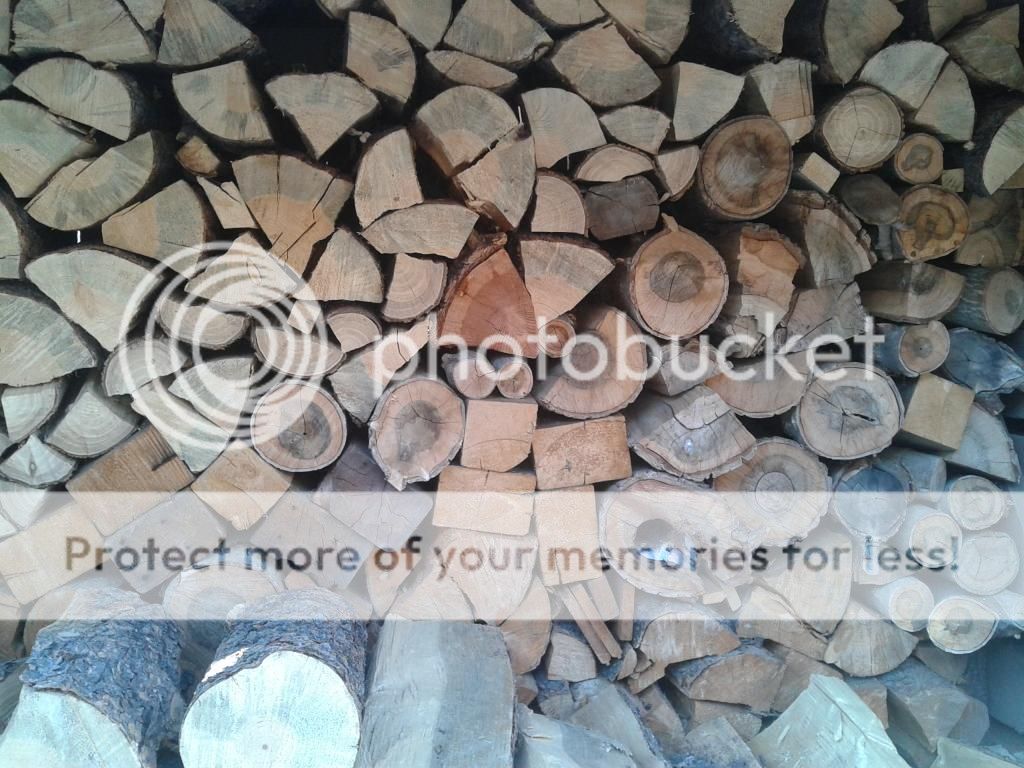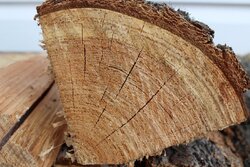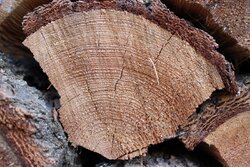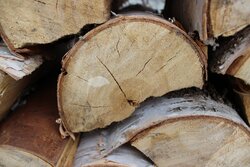Of course, burning any wood in your home requires caution. But I have some year-old Douglas Fir that requires a bit of extra planning. It has about a 1" layer of pitch on all the splits and it gets really hot really fast.
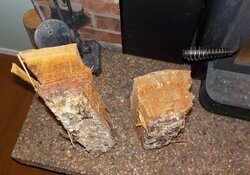
Any of this near the top of the fire box gets fed by the secondaries and it's game on.
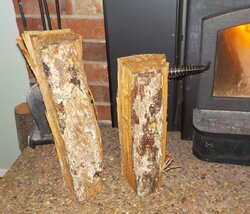
High octane chit.
I cut this stuff a year ago. The center was punk, with a thick layer of pitch between the rot and the solid wood. I ended up using a shovel on the rounds to hollow the rot out before splitting.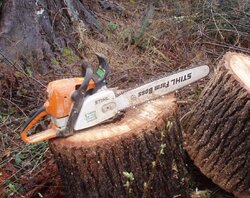

Any of this near the top of the fire box gets fed by the secondaries and it's game on.

High octane chit.
I cut this stuff a year ago. The center was punk, with a thick layer of pitch between the rot and the solid wood. I ended up using a shovel on the rounds to hollow the rot out before splitting.

Last edited:


 I quit cutting doug fir for that very reason. I now stick with lodgepole pine which has none of that sticky mess associated with douglas fir.
I quit cutting doug fir for that very reason. I now stick with lodgepole pine which has none of that sticky mess associated with douglas fir.

 So we'll have to agree to disagree, unless maybe Sean can get a picture for us of some of his seasoned Fir splits and see if they have any checking or not. I can get a picture of some pine splits if that will do, or is it just Fir you think doesn't check at all?
So we'll have to agree to disagree, unless maybe Sean can get a picture for us of some of his seasoned Fir splits and see if they have any checking or not. I can get a picture of some pine splits if that will do, or is it just Fir you think doesn't check at all?
